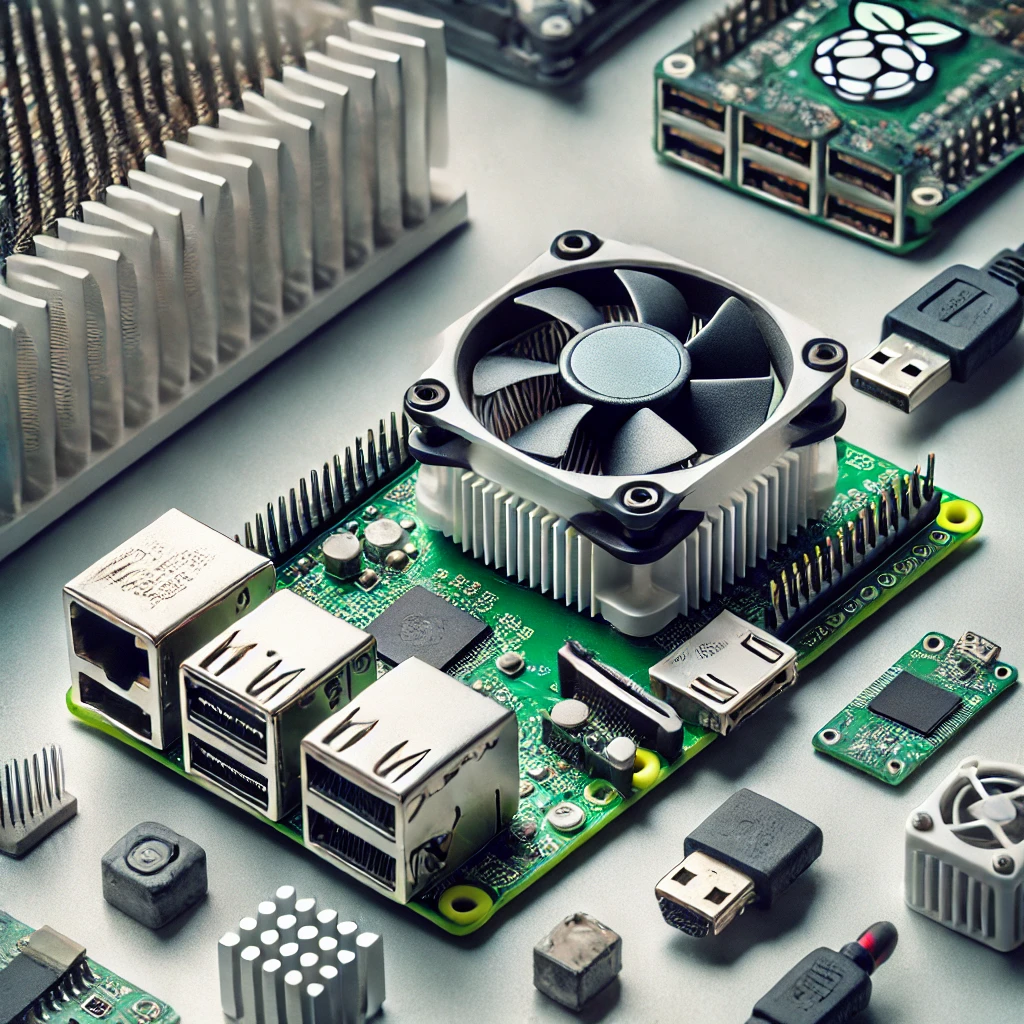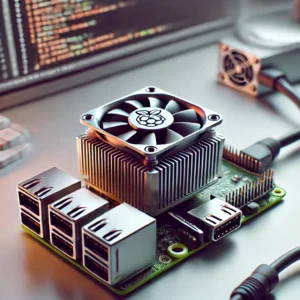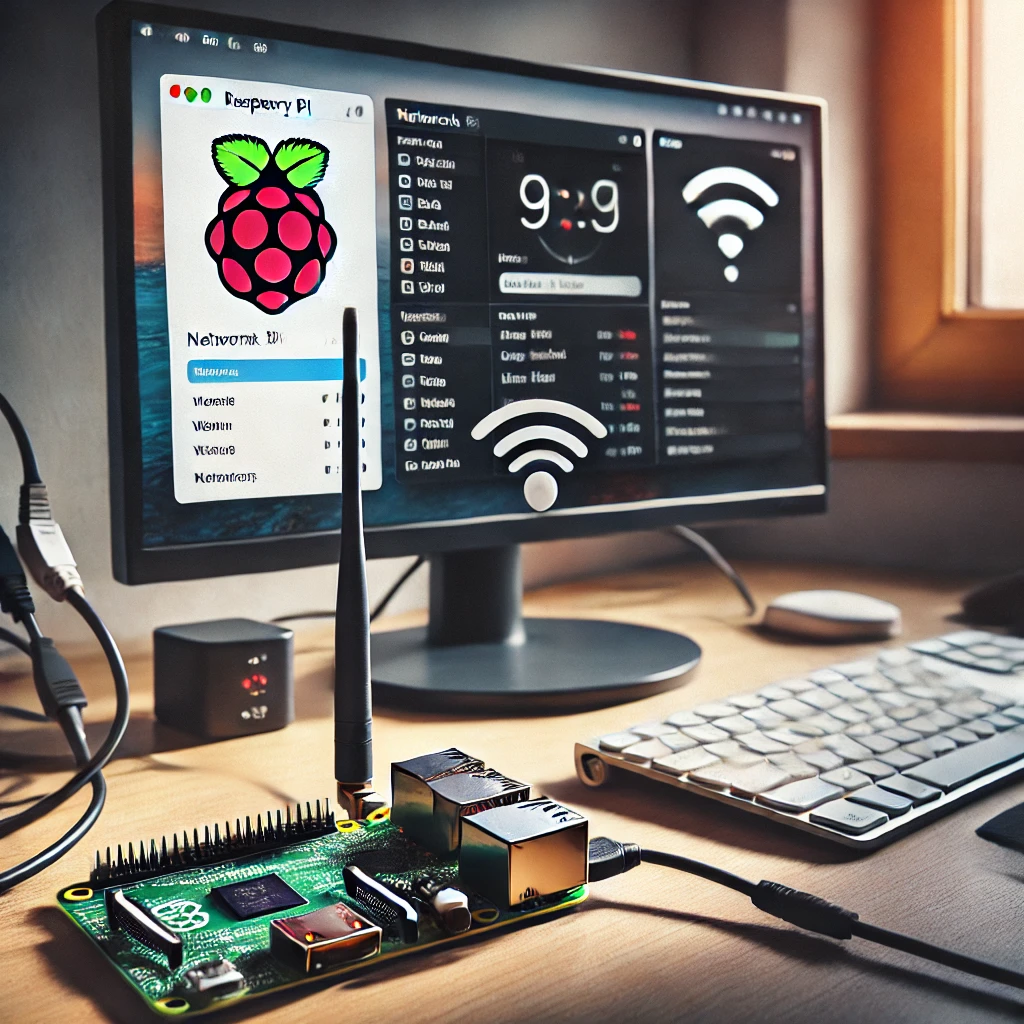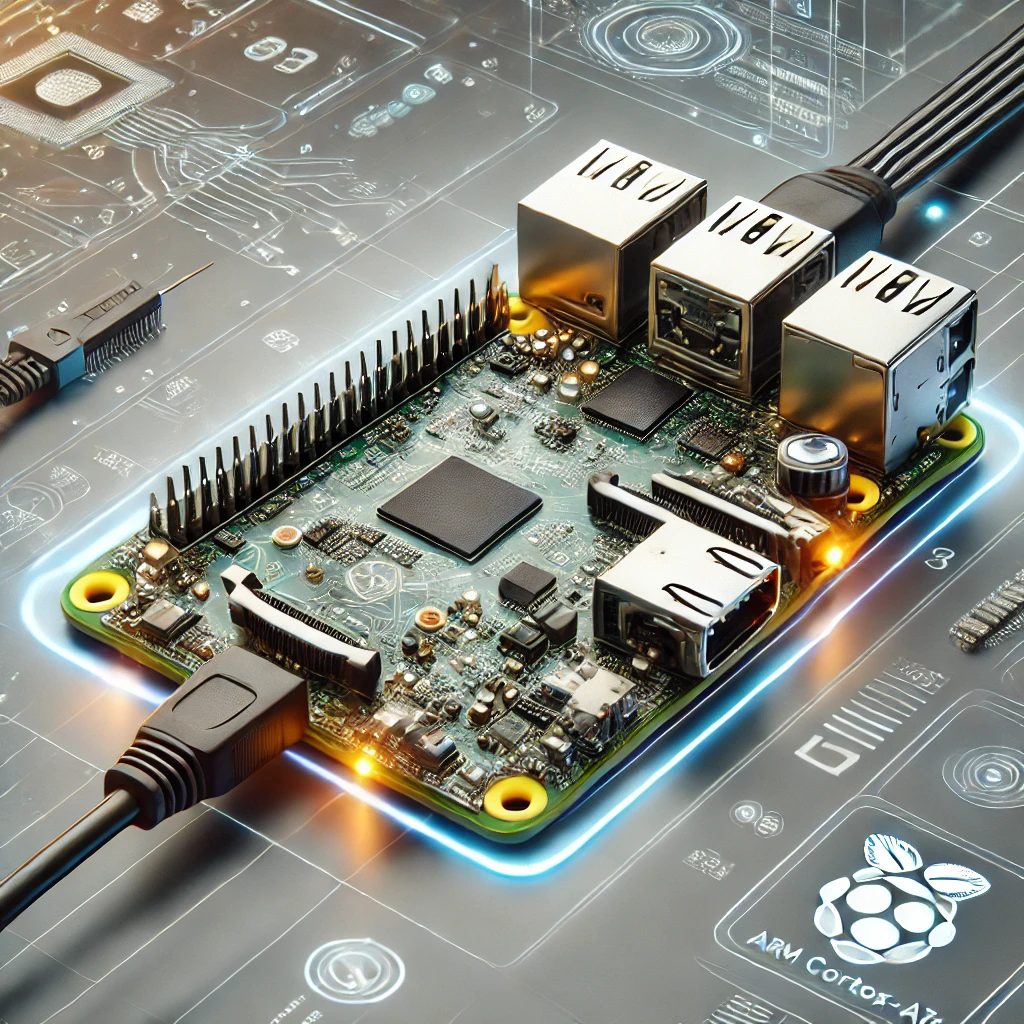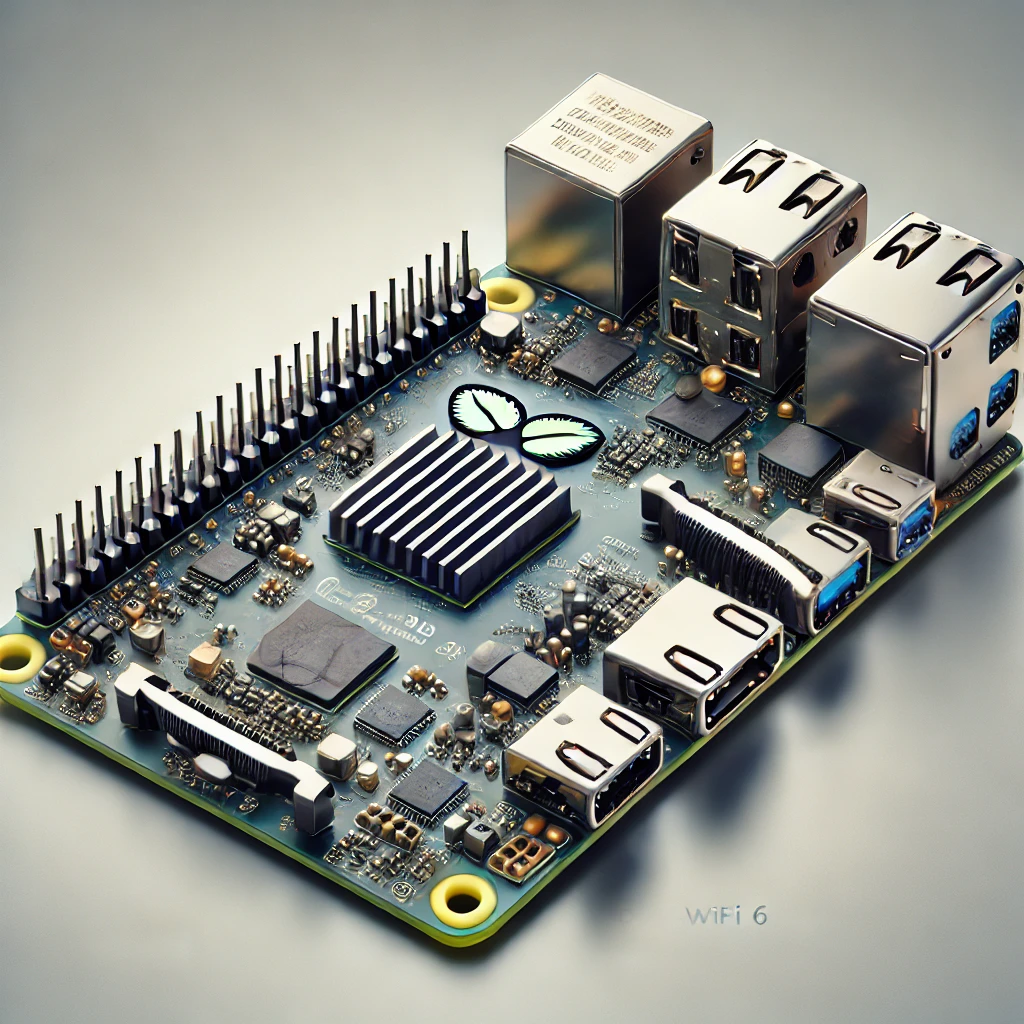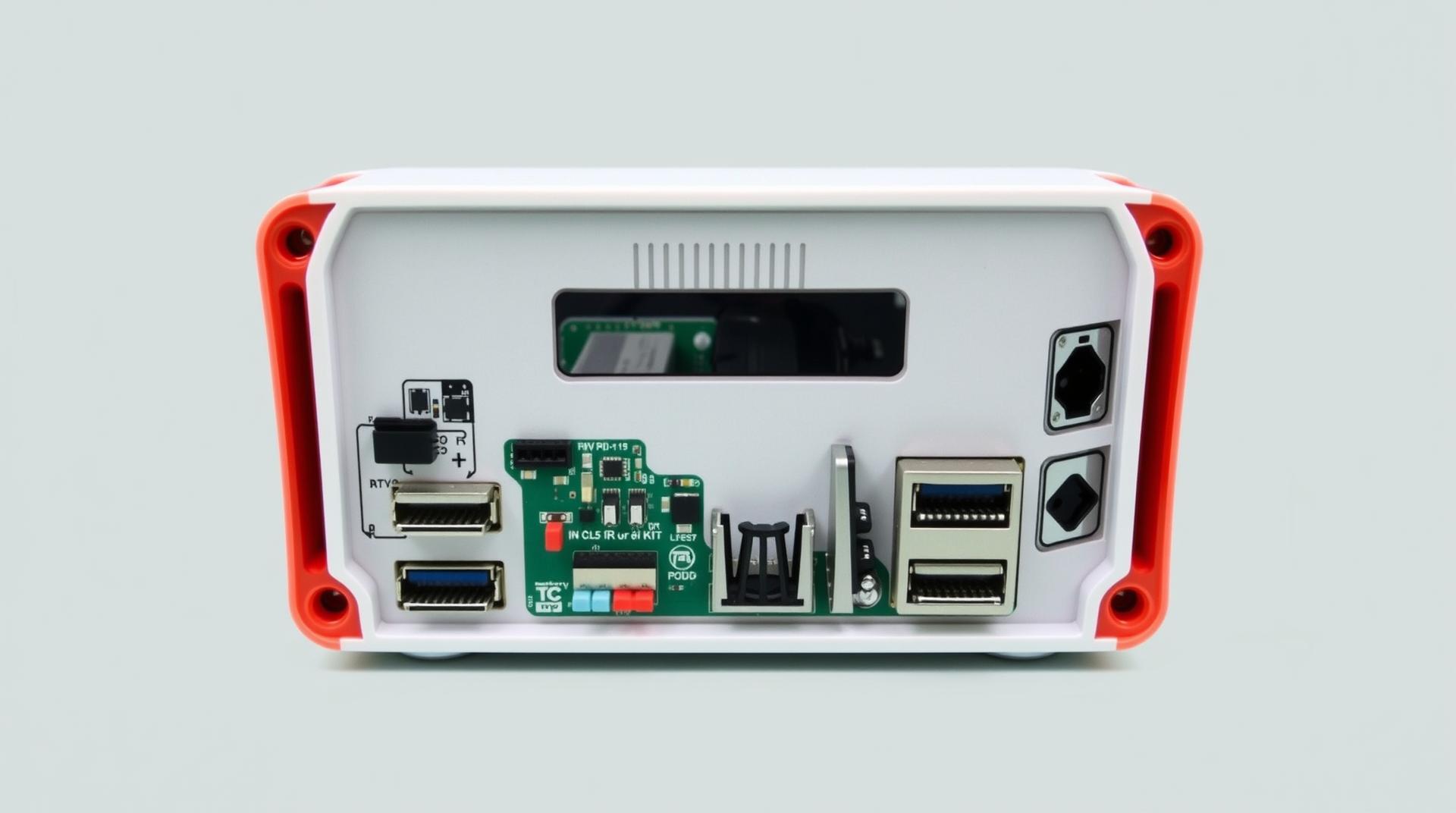Why Cooling is Important for Raspberry Pi
The Raspberry Pi’s compact design makes it prone to overheating, especially when running CPU-intensive tasks like media streaming or compiling code. Overheating can cause your Pi to throttle its performance, reducing efficiency and potentially causing system instability.
Types of Cooling Solutions for Raspberry Pi
Below are the most popular cooling solutions you can consider for your Raspberry Pi:
1. Passive Cooling: Heat Sinks
Heat sinks are small metal components placed directly on top of the Raspberry Pi’s processors. They passively dissipate heat by increasing the surface area available for heat exchange with the surrounding air.
- Benefits: Silent operation, no moving parts
- When to use: Ideal for moderate workloads and when silence is important.
- Keywords: Raspberry Pi heat sink, passive cooling, silent cooling
2. Active Cooling: Fans
Adding a fan to your Raspberry Pi actively moves air across the board, which can significantly reduce temperatures.
- Benefits: Efficient cooling, ideal for heavy loads
- When to use: Necessary for overclocking or running the Raspberry Pi continuously under high loads.
- Keywords: Raspberry Pi cooling fan, active cooling, overclocking
3. Cooling Cases
Some manufacturers offer cases with built-in cooling solutions, such as heat-conductive materials or integrated fans.
- Benefits: Provides both protection and cooling
- When to use: Great for users who need both cooling and a durable case.
- Keywords: Raspberry Pi cooling case, protective case, integrated cooling
Additional Tips for Managing Heat
In addition to installing cooling hardware, you can reduce heat by lowering the clock speed of your Pi or adjusting software configurations.
Visit our other website :master3dp.com

